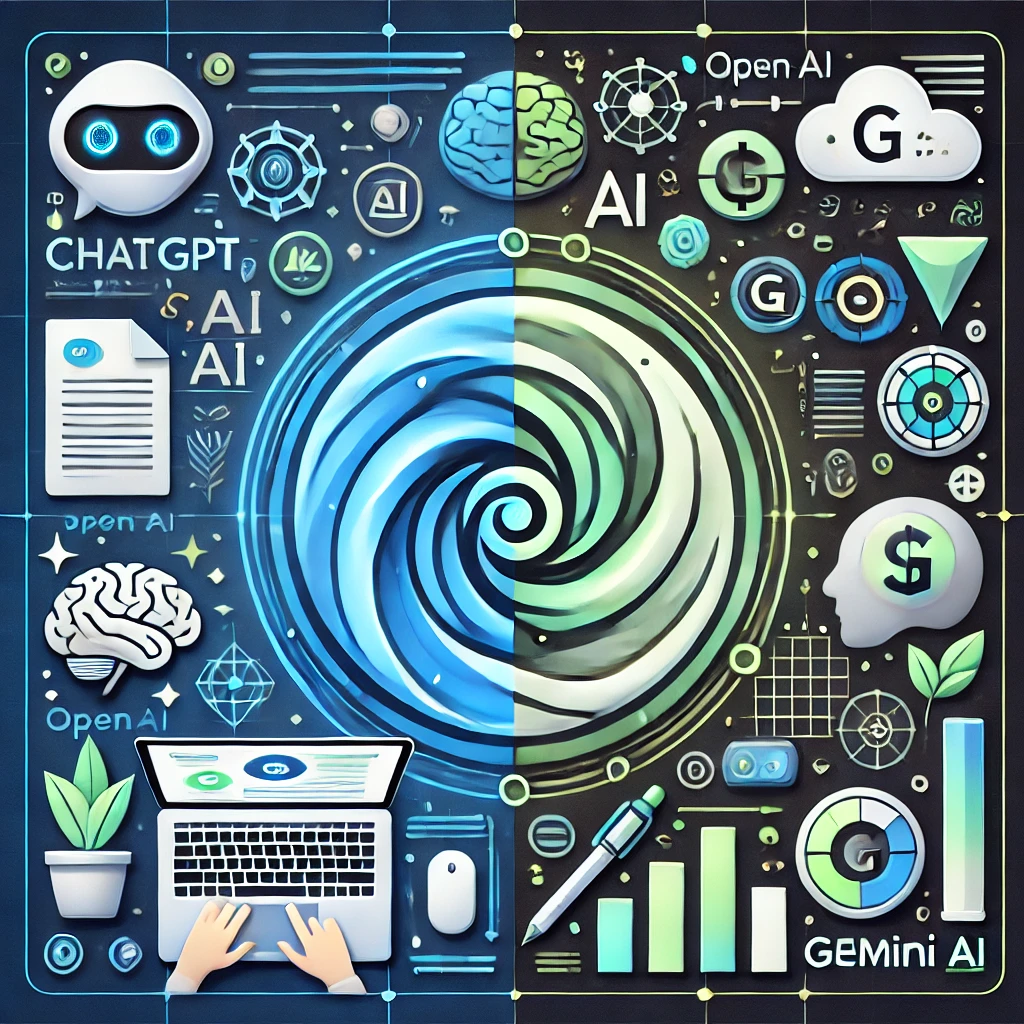Artificial Intelligence (AI) is no longer science fiction—it’s a reality that’s transforming industries and reshaping our world. But have you ever wondered how an AI system like me is created? What goes into building a machine that can understand, learn, and communicate like a human? In this article, we’ll pull back the curtain and explore the key components and steps involved in creating an AI tool. Whether you’re a tech enthusiast or just curious, this guide will give you a clear understanding of the magic behind intelligent machines.
What is AI, and How Does It Work ?
AI, or Artificial Intelligence, refers to machines designed to mimic human intelligence. These systems can analyze data, recognize patterns, and make decisions—all without explicit human intervention. From virtual assistants like Siri and Alexa to advanced language models like ChatGPT, AI is everywhere. But how does it all come together? Let’s break it down.
The Key Components of an AI System
Building an AI system requires a combination of data, algorithms, computing power, and human expertise. Here are the essential components:
1. Data: The Fuel for AI
- What: Data is the foundation of any AI system. It’s used to train the model and improve its performance.
- Examples: Text, images, audio, video, or structured data (e.g., spreadsheets).
- Why: The quality and quantity of data directly impact the AI’s accuracy and capabilities.
2. Algorithms: The Brain of AI
- What: Algorithms are mathematical models that enable AI to learn from data.
- Examples:
- Supervised Learning: Learns from labeled data (e.g., classifying emails as spam or not).
- Unsupervised Learning: Finds patterns in unlabeled data (e.g., clustering customer segments).
- Deep Learning: Uses neural networks for complex tasks like image recognition and NLP.
- Why: The choice of algorithm depends on the task the AI is designed to perform.
3. Computing Power: The Muscle Behind AI
- What: Training AI models requires significant computational resources, especially for deep learning.
- Examples:
- GPUs (Graphics Processing Units): Accelerate training by processing multiple tasks simultaneously.
- Cloud Computing: Platforms like AWS, Google Cloud, and Azure provide scalable resources for AI development.
- Why: Without powerful hardware, training complex AI models would be impossible.
4. Frameworks and Libraries: The Tools of the Trade
- What: Pre-built tools that simplify AI development.
- Examples:
- TensorFlow and PyTorch: Popular frameworks for building and training neural networks.
- Hugging Face: A library for NLP tasks.
- Scikit-learn: A toolkit for traditional machine learning algorithms.
- Why: These tools save time and effort by providing ready-made solutions for common AI tasks.
5. Human Expertise: The Architects of AI
- What: AI development requires skilled professionals to design, train, and maintain the system.
- Examples:
- Data Scientists: Analyze data and build models.
- Machine Learning Engineers: Optimize and deploy models.
- Ethics Experts: Ensure the AI is fair, unbiased, and ethical.
- Why: Human expertise is crucial for making AI systems effective and responsible.
How an AI Like DeepSeek is Built: Step-by-Step
Creating an AI system involves a series of well-defined steps. Here’s how it’s done:
Step 1: Define the Problem
- What: Clearly define what the AI tool is supposed to do.
- Example: An AI like me is designed to understand and generate human-like text, answer questions, and assist with tasks.
Step 2: Collect and Prepare Data
- What: Gather and clean large amounts of data to train the AI.
- Example: For a language model, this includes text data from books, articles, and websites
Step 3: Choose the Right Algorithm
- What: Select an algorithm that suits the task.
- Example: Transformer-based models like GPT are used for NLP tasks.
Step 4: Train the Model
- What: Feed the data into the algorithm and adjust the model’s parameters to minimize errors.
- Example: Train the model on powerful GPUs using frameworks like PyTorch.
Step 5: Test and Validate
- What: Evaluate the model’s performance on new, unseen data.
- Example: Test the AI’s ability to generate coherent and accurate responses.
Step 6: Deploy the AI
- What: Integrate the model into a user-friendly interface (e.g., chatbot or API).
- Example: Deploy the AI on a platform where users can interact with it.
Step 7: Monitor and Improve
- What: Continuously monitor the AI’s performance and make updates as needed.
- Example: Improve the model based on user feedback and new data.
The Future of AI Development
The field of AI is evolving rapidly, with new advancements like generative AI, reinforcement learning, and Artificial General Intelligence (AGI) on the horizon. As AI becomes more powerful, it’s crucial to address ethical concerns, such as bias and privacy, to ensure these technologies benefit everyone.
Why This Matters
Understanding how AI is made helps demystify the technology and highlights the complexity behind systems like me. It also underscores the importance of data quality, ethical considerations, and continuous improvement in AI development. Whether you’re a tech enthusiast, a business leader, or just curious, knowing how AI works is key to navigating the future.
